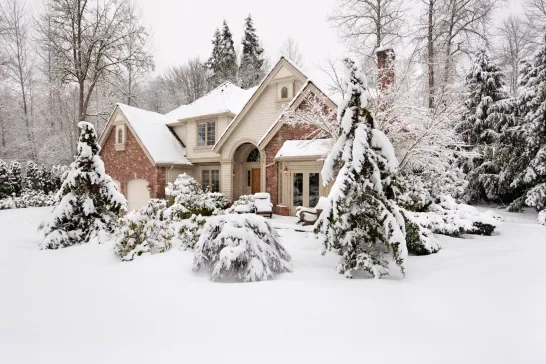
Tornado season in Canada: What you need to know
3 Minute Read
If you live in Eastern Canada, you’ve likely noticed the tornadoes rolling into town.
What was once a rare and unlikely event has become a regular feature of summer, with no signs of slowing down. Once confined to narrow geographic ‘tornado alleys’, these extreme weather events are occurring more frequently across Canada.
According to The Weather Network, while the Prairie provinces see the highest combined regional tornado activity at 53 per cent, Ontario and Quebec are not far behind, witnessing 45% of Canada’s total annual average, 83 per cent of which is concentrated across the summer months of June, July and August in a typical year. The simple fact is that large parts of eastern Canada have effectively become tornado zones, with the current season well underway, making it more critical than ever to revisit the basics of tornado safety.
What is a tornado, and what does it mean for you
Tornadoes form when warm, moist air near the ground collides with colder, drier air above, creating atmospheric instability. When wind speeds at different altitudes begin to rotate and tilt, they can produce a spinning funnel cloud that becomes a tornado once it hits the ground.
Across Canada, these volatile weather events are becoming more frequent and severe. The 2024 tornado season lasted from March 16 to November 10, the longest on record since 1980, and recorded 129 confirmed tornadoes, second only to 2022's total of 131.
Despite this volatility, Canada has long ranked second in the world for tornado frequency, averaging around 100 per year, trailing far behind the United States with a whopping average of 1,200 annually.
The anxiety may be real, but sadly, the damage that tornadoes can cause is even more tangible. As many in West Ottawa will recall, the 2018 tornado that tore through rural Dunrobin left a visible scar, causing 23 injuries and damage to over 2000 homes. Even more will remember the devastating 2022 derecho—the sixth-costliest natural disaster in Canadian history and, by far, the most damaging ever for Hydro Ottawa, surpassing even the 1998 ice storm.
What to do when a tornado hits
Before a tornado ever strikes, it is important to have a pre-existing plan in place for seeking evacuation or shelter. Ensure that everyone in your household knows where to go in case of an emergency - clear communication ahead of time can make all the difference.
Knowing the difference between a tornado watch and a tornado warning is essential. A watch simply means that you should stay alert during weather conditions where a tornado might occur, while a warning means one is actively in progress in your area. While on watch, keep your eyes on the skies and look out for dark clouds, hail and any funnel-shaped winds.
If a tornado is imminent, seek shelter as quickly as possible. Head to a basement, storm cellar, or the lowest level of a sturdy building. Stay away from windows, doors, and anything that could fall or shatter.
If you’re not home, remain calm and get indoors if possible. Look for solid shelter, such as convenience stores, public buildings, or reinforced structures. If there is no shelter in sight, lie low in a ditch or depression, cover your head and neck with your arms and shield yourself from potential flying debris or falling objects with whatever you have on hand. Avoid any wind-funnelling areas, such as tunnels or overpasses, and stay away from vehicles if possible. If you are in a car, the tornado is still distant, and there is no better option in sight. It may be advisable to drive in a right-angle path away from the tornado while remaining mindful of standard road safety procedures.
Once the storm has passed, check on those around you, prioritizing any vulnerable household or community members. Avoid downed power lines, damaged structures or any exposed electrical components and listen closely to the radio for further instructions from your local authorities. Dress in durable clothing and exercise common sense when navigating the aftermath. If your home or vehicle has been damaged, take pictures as soon as it is safe for insurance purposes.
For more articles and resources about extreme weather, visit caaneo.ca/extreme-weather.




